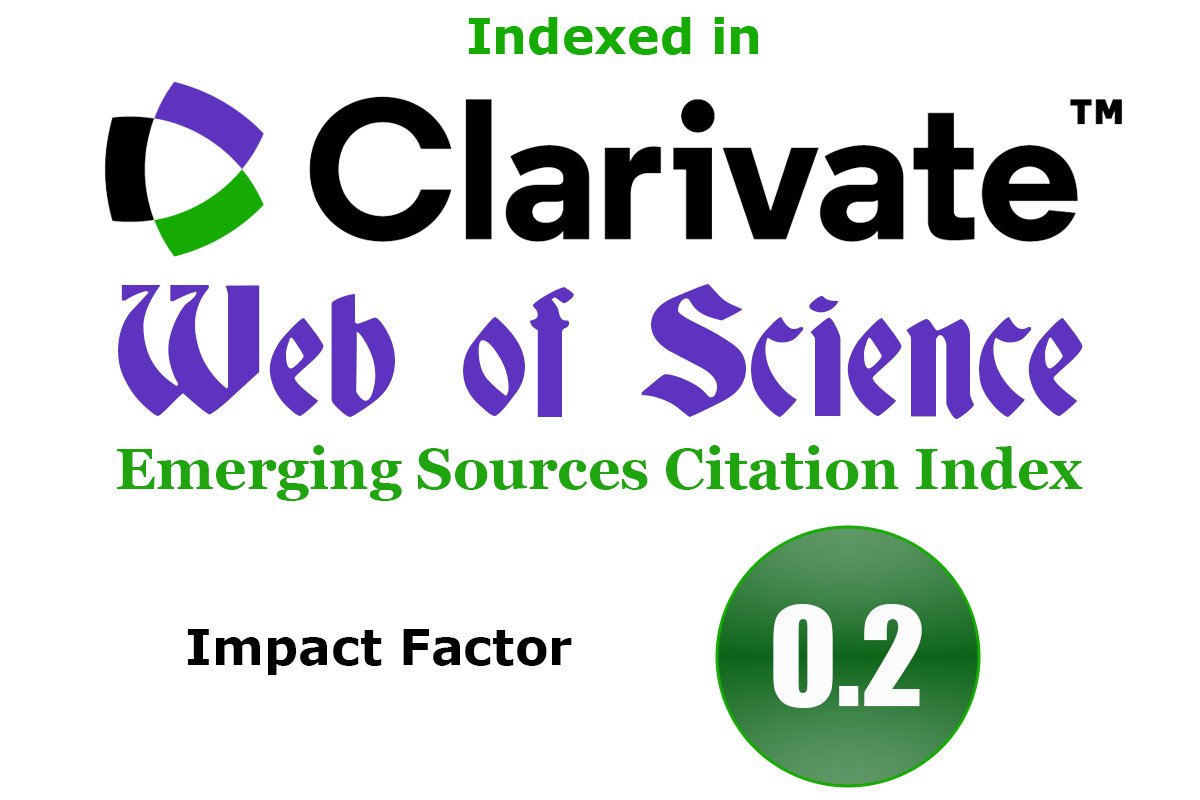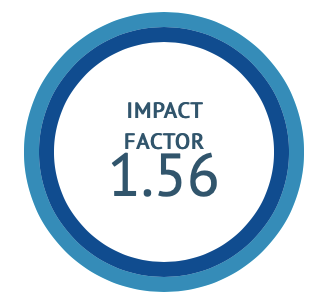A study to assess the Mindful Attention Awareness among undergraduate students studying at a selected college Chennai
DOI:
https://doi.org/10.47552/ijam.v16i3.5971Keywords:
Anxiety, Cross-sectional study, Depression, Maladaptive behaviour, Mindful Attention Awareness Scale MAAS, Stress and Undergraduate studentsAbstract
Background: Mindfulness is a psychological process and coping ability to adjust maladaptive behaviour, improve awareness and reduce stress, anxiety, and depression in both patients and health populations. Objectives: The study to assess the mindful attention awareness among students studying in undergraduate program and associate between the mindful attention awareness among the college students and background variables. Methods: A cross-sectional study was conducted among 154 students studying in an undergraduate program at a selected college. The purposive sampling technique was adopted to select samples. The data were collected using a tool consisting of background variables and the Mindful Attention Awareness Scale, (MAAS) through Google Form. Analysis was done by using descriptive and inferential statistics. Results The study found that the mean value of mindful attention awareness among undergraduate students is 61.23 with an SD of 15.57, the minimum score is 20, and the maximum score is 90. The majority of students, 143 (93%), belonged to the age group of 18 years. Regarding gender, 101 (66%) are female and 53 (34%) are male students. Regarding 72 (47%) were residing in urban areas, rural was 42 (27%). Except for other variables, the residence of the students was found to be highly significant to mindful attention awareness with the p-value of 0.004 and F-value 5.774. Conclusions: The study concluded that the higher the mean value, the more it shows that the positive effects on students' academic performance enhance academic engagement and improve coping strategies among students that will maintain overall psychological well-being.
Downloads
Published
How to Cite
Issue
Section
License
Copyright (c) 2025 International Journal of Ayurvedic Medicine

This work is licensed under a Creative Commons Attribution-NonCommercial-ShareAlike 4.0 International License.
The author hereby transfers, assigns, or conveys all copyright ownership to the International Journal of Ayurvedic Medicine (IJAM). By this transfer, the article becomes the property of the IJAM and may not be published elsewhere without written permission from the IJAM.
This transfer of copyright also implies transfer of rights for printed, electronic, microfilm, and facsimile publication. No royalty or other monetary compensation will be received for transferring the copyright of the article to the IJAM.
The IJAM, in turn, grants each author the right to republish the article in any book for which he or she is the author or editor, without paying royalties to the IJAM, subject to the express conditions that (a) the author notify IJAM in advance in writing of this republication and (b) a credit line attributes the original publication to IJAM.




